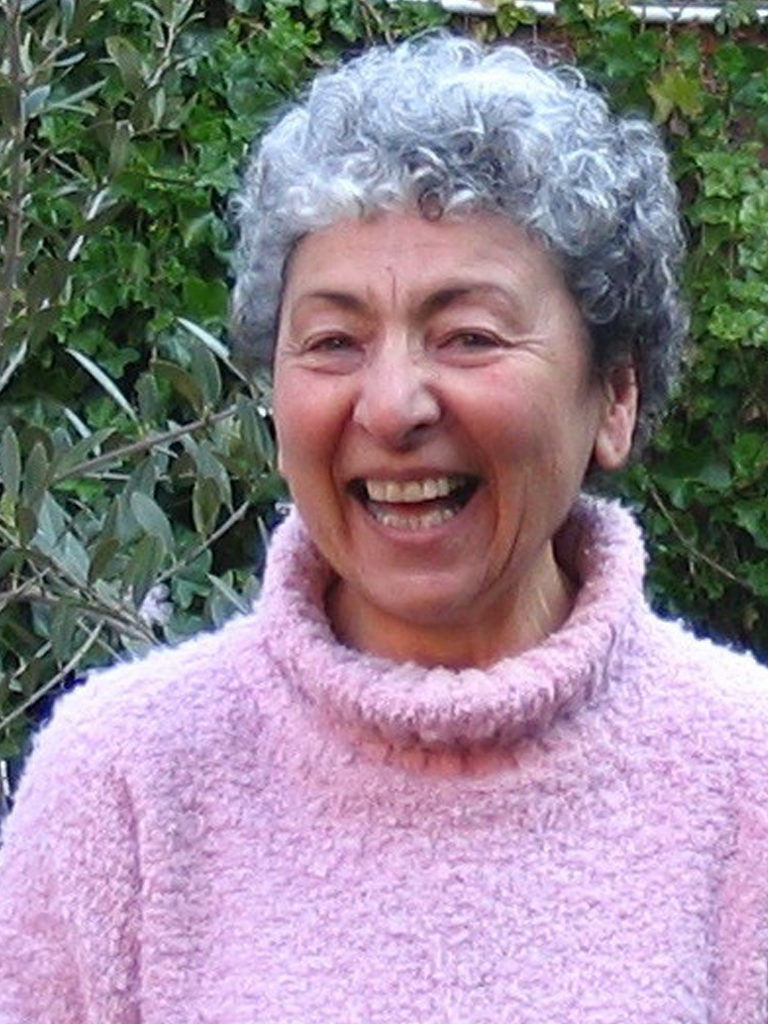
Reflections on the ASP
2014 marks the 50th anniversary of ASP and my almost 30 years association with it. And what a great journey it’s been! I was born in Romania, and grew up in Israel. After completing my PhD at the Hebrew University in Jerusalem in 1976, I contemplated a postdoc in an exotic location. Would it be Belem, at the mouth of the Amazon, or Melbourne Australia? The balance was tipped by the director of the Walter and Eliza Hall Institute, Sir Gus Nossal, and a new program in immunoparasitology. He was a larger than life figure, as captured in a limerick from the 1980s:
There once was a man named Nossal
Whose own self-regard was colossal
The way that he leads us
You’d think he was Jesus
Or if not, at least an apostle.
With Graham Mitchell, the leader of the program, we infected different strains of inbred mice in the hope of reproducing the spectrum of disease susceptibility in humans. The start of the Leishmania program was not propitious; we had no permits to work with human pathogens. I asked my colleagues in Jerusalem to hold off sending the parasites, but to my consternation a parcel labelled DANGER HUMAN PATHOGENS arrived in the mail. There is a scurrilous rumour that I was culturing the parasites on my desk and storing them in the drawer. In time, we developed an excellent mouse model for leishmaniasis and elucidated key elements in the genetic and immunological mechanisms of susceptibility and resistance. An approach gently mocked:
Young Mitchell a mouse man is he
Sticks needles in them with great glee
He has a great knack
With C57Black
But does his best tricks with BALB/c.
I spent part of 1978 and 1979 at Stanford University working on Toxoplasma gondii, applying the new techniques of monoclonal antibodies and 2-dimensional gel electrophoresis to the first analysis of their membrane proteins. Back at WEHI in 1980, I initiated similar studies of Leishmania membrane proteins, leading to the surprising discovery of a family of carbohydrate polymers and glycolipids, not proteins, involved in host invasion and virulence, opening up a new field of Leishmania glycobiology, superbly continued by Malcolm McConville.
Advances in molecular genetics in the 1980s allowed us to clone, express and delete genes involved in virulence and parasite survival, opening the way to vaccines and drugs. Using X-ray crystallography we determined the structure of several new drug targets. These advances also allowed us to analyse the genetic basis of host susceptibility to disease with far greater precision. With Simon Foote, we showed that genes involved in wound healing and tissue remodelling play a major role in resistance to leishmaniasis. More recently, we disproved the notion that Australia was the only continent free of leishmaniasis. We discovered a unique strain of endemic Leishmania in kangaroos, raising the question of possible transmission to other animals and even humans. Over the years, the ASP meetings provided great stimulation, and I owe our members a debt of gratitude for their support and encouragement.


